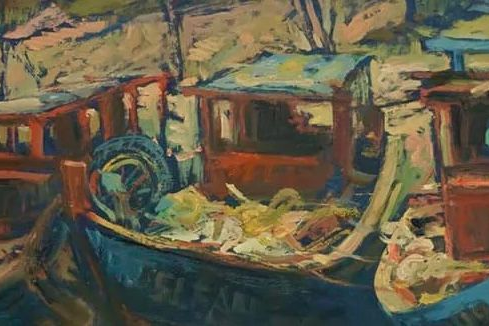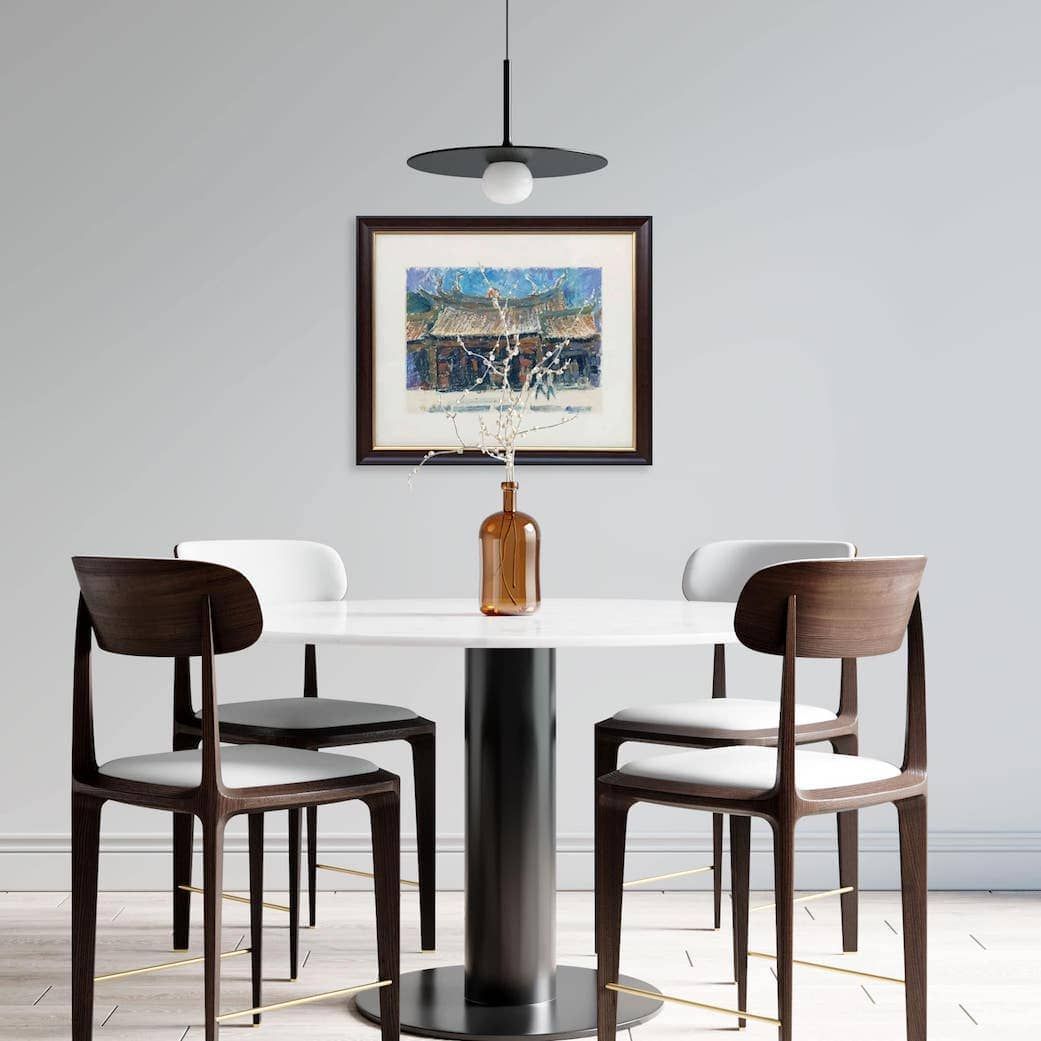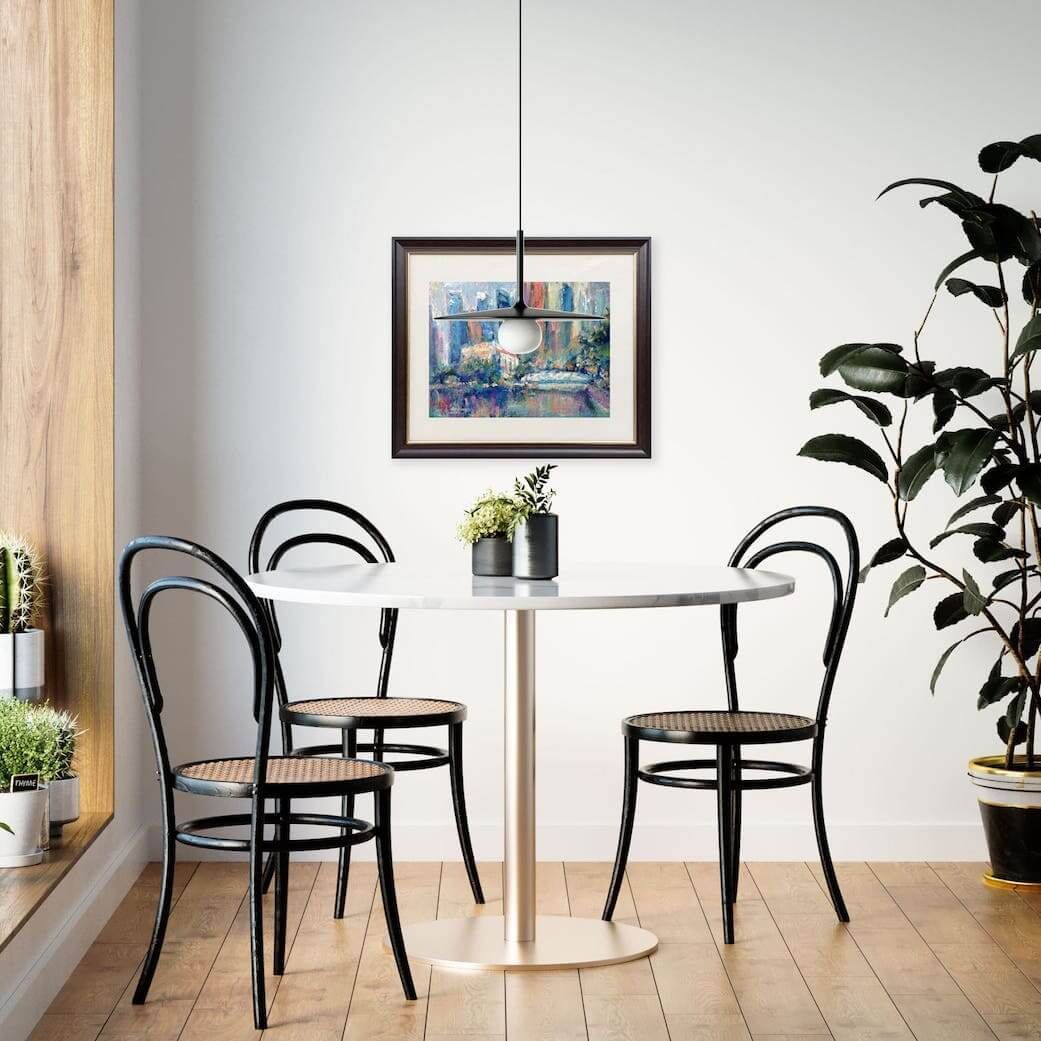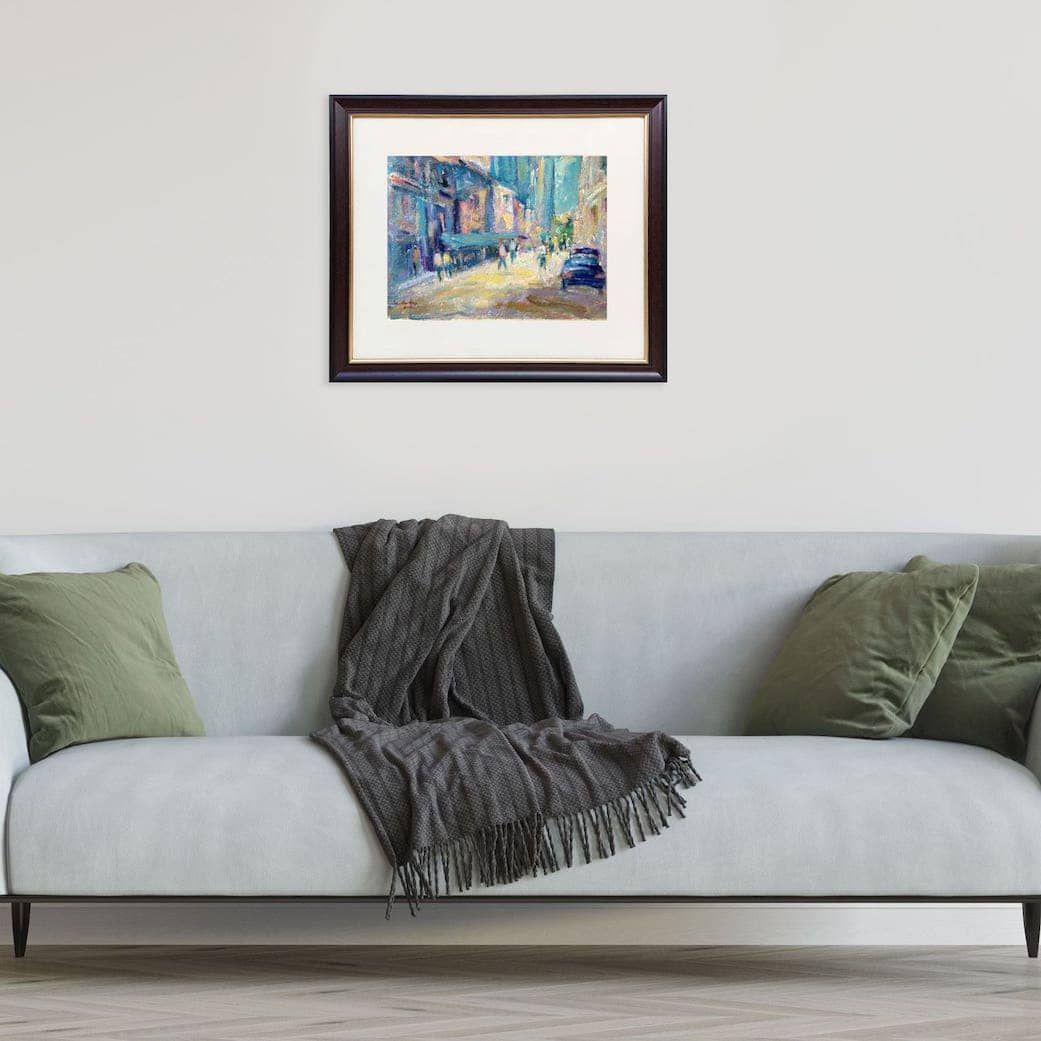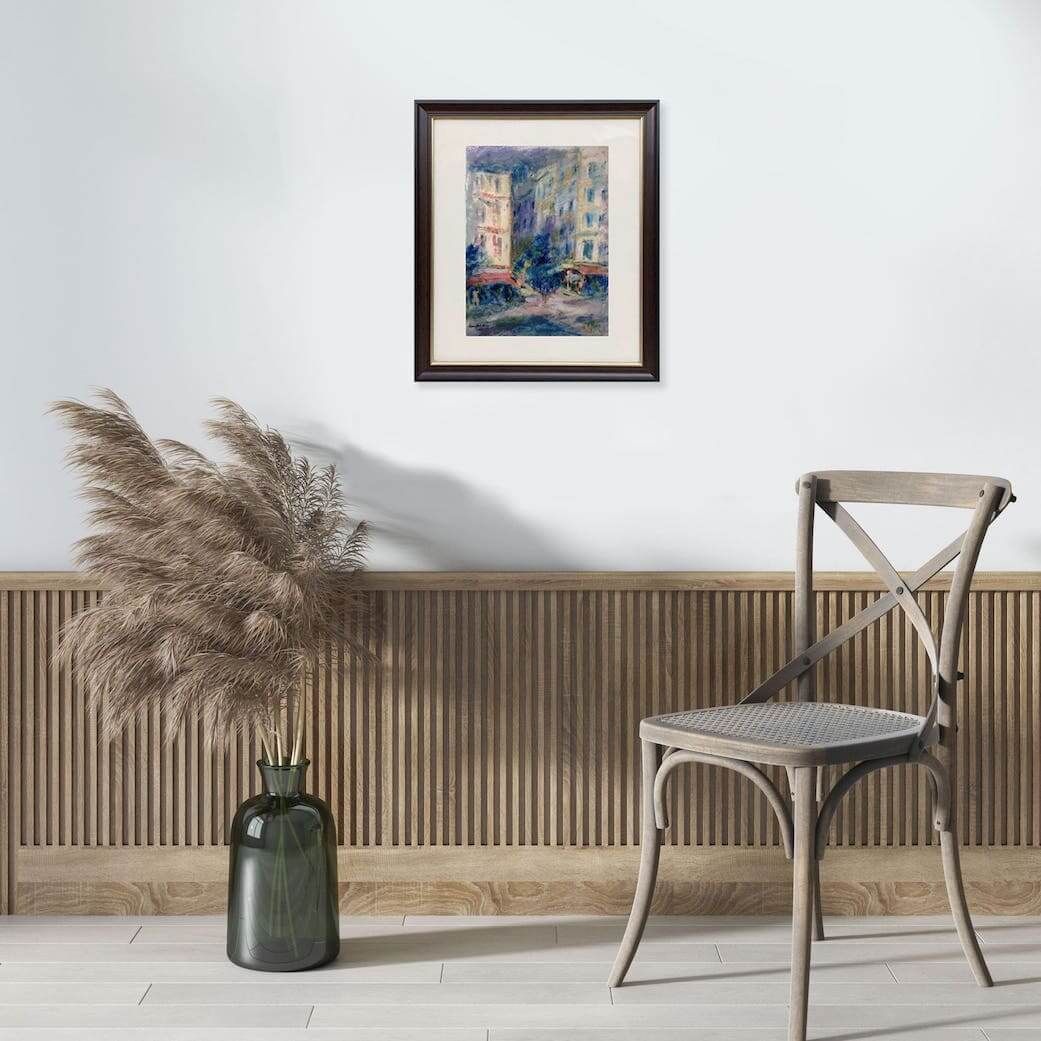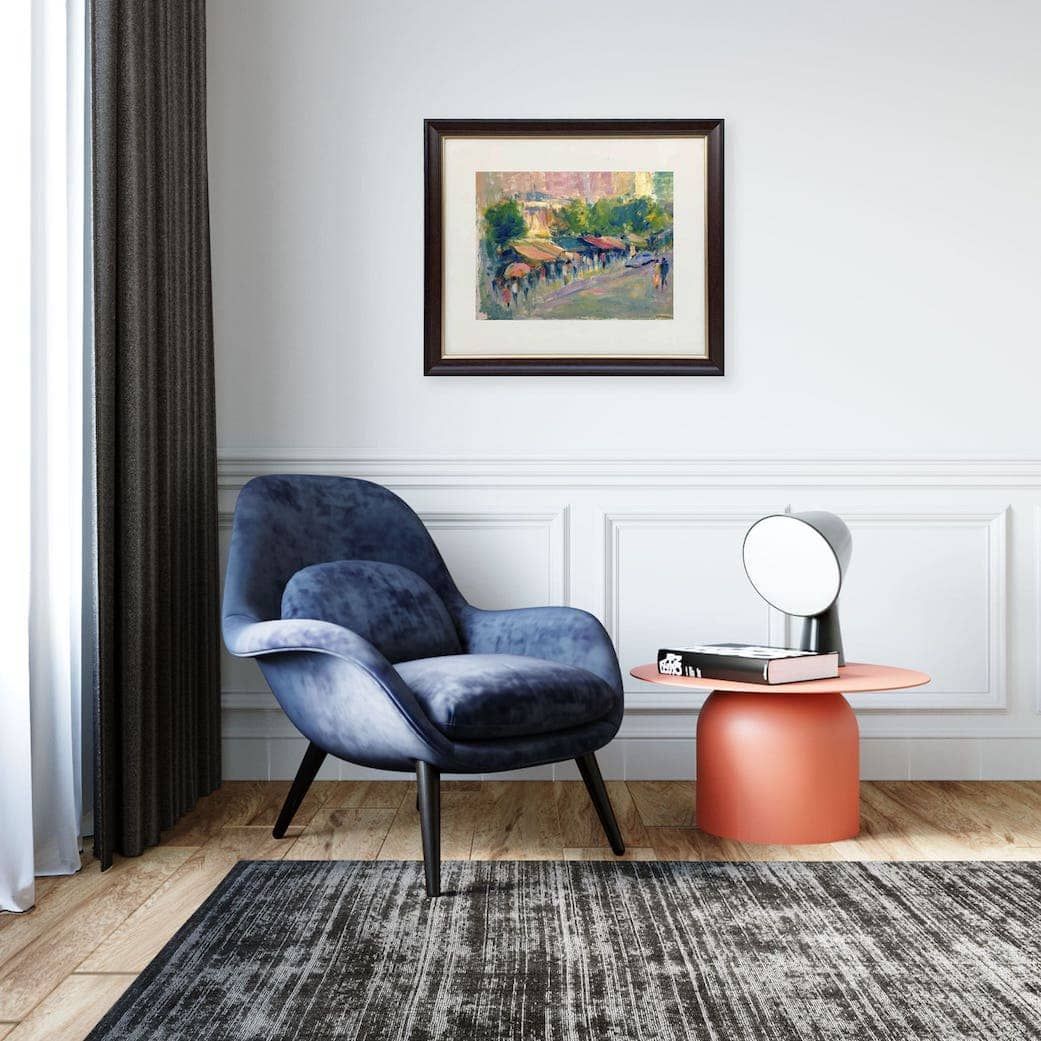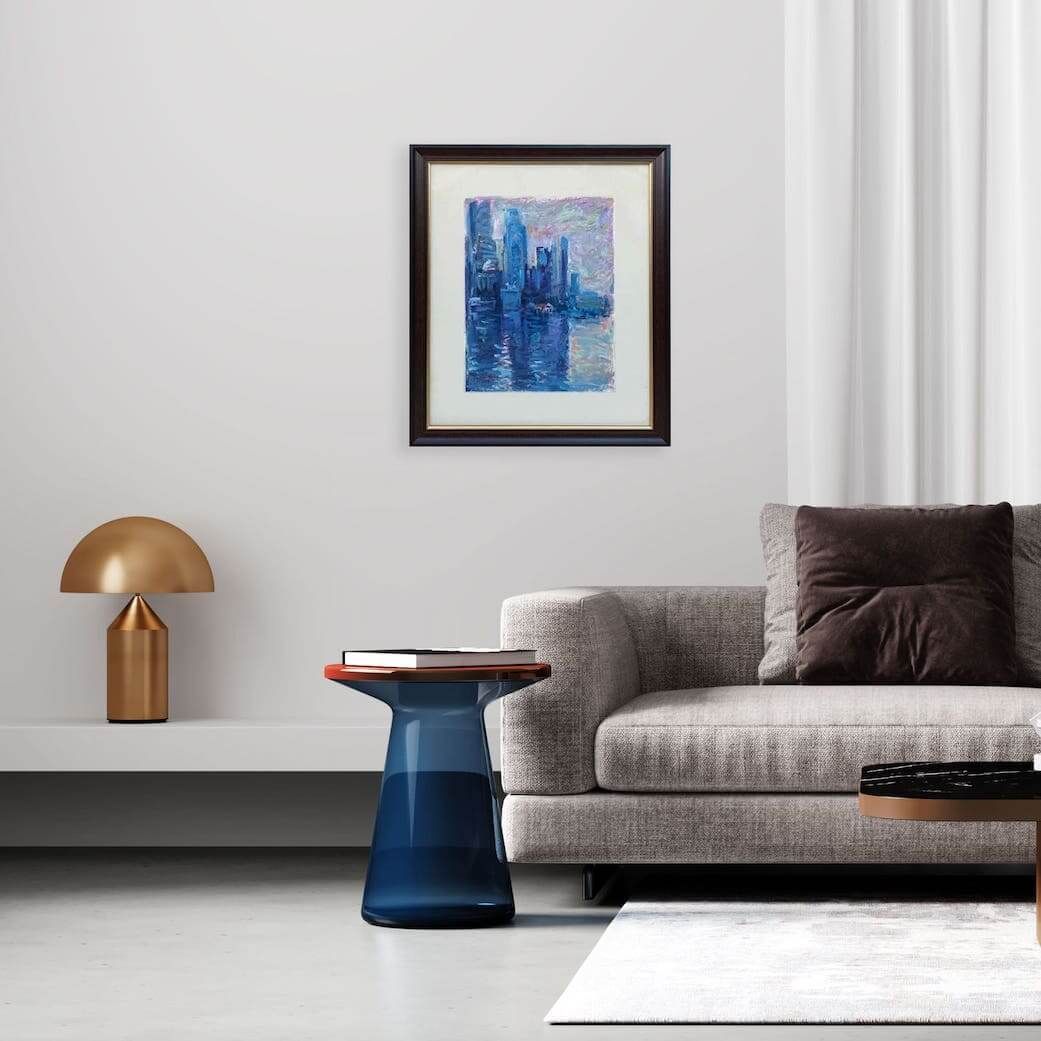How to Decorate Your House with Art
Unlock Your Inner Curator: A Friendly Guide to Transforming Your Home with Art!
Ever walked into a space that just sings with personality and wondered how they achieved that magical vibe? Chances are, art played a huge role!
Far from being just for galleries, art is one of the most powerful tools you have to infuse your home with character, express your style, and create spaces that truly feel like you.
Whether you live in a cozy HDB flat or a spacious home, art can transform your space into a unique haven.
In this blog post, we will explore various practical, creative, and personal ways to decorate your house with art, including tips for specific rooms and walls. So, grab a cup of coffee, and let us make your space feel more you—one artwork at a time!

Why Use Art to Decorate Your Home?
Before we get into the “how,” let us talk about the “why.”
Art is more than just decoration—it is a reflection of your personality, values, and taste. It can make your home feel complete, spark conversation, and even shift your mood. Plus, it is a wonderful way to support artists and bring cultural expression into your daily life.
How to Decorate Your House with Art: The Foundations
Decorating with art can feel a little daunting at first, but it is really about trusting your instincts and having fun. When it comes to decorating your house with art, the first step is to understand your space and consider your personal style and the atmosphere you want to create.
Here are some general tips to get you started on your house art decoration adventure:
Start with What You Love
Before you start hanging art, think about a theme or colour palette that resonates with you.
This could be based on your favourite colours, a particular art style (like modern, abstract, or classic), or even a mood you want to evoke in your space.
This is the golden rule! Do not buy art just because it "matches" your sofa or is "trendy." Choose pieces that resonate with you, evoke emotion, or simply bring you joy. Emotional connection is key. When you love a piece, you will always find a place for it.
Mix and Match Mediums for Depth
Do not be afraid to mix different styles and mediums!
A truly interesting home often combines different styles, mediums, and eras. A contemporary abstract next to a vintage botanical print? Absolutely! This creates depth and a dynamic and interesting environment. Just ensure they complement each other in some way—whether through colour, theme, or frame style.
Think About Flow and Cohesion
While each room can have its own personality, try to maintain a subtle sense of flow throughout your home. This does not mean the art has to match everything, but consider how colours, styles, or themes might subtly connect from one space to another as it can help the space feel tied together.
Play with Placement
Experiment with the placement of your art. A common mistake is hanging art too high.
As a general rule, the centre of your artwork should be roughly at eye level, and consider the flow of the room. This is typically around 145–152 cm (57–60 inches) from the floor. If it is above furniture, leave about 15–30 cm (6–12 inches) between the top of the furniture and the bottom of the art.
But feel free to break this rule if your space demands it! Art can also be placed on shelves, mantels, or even leaned against walls for a laid-back look.
Consider Scale and Proportion
When decorating your house with art, it is essential to consider the size of your pieces in relation to the wall space and the furniture around it. A tiny artwork on a massive wall can get lost, while an oversized piece in a small nook might overwhelm. Large pieces can make a statement, while smaller works can be grouped to create a gallery wall.
Remember, balance is key!
Light It Up
Good lighting can dramatically enhance your art. Natural light is ideal, but consider accent lighting (i.e., picture lights, gallery lights, etc.) to highlight your favourite pieces, especially in areas with less natural light.

How to Decorate a Big Wall with Art: Go Bold or Go Home!
How to Decorate a Small House with Art: Maximising Every Nook and Cranny
How to Decorate Specific Rooms with Art: Tailoring Your Masterpiece
Final Thoughts: Make It Personal
Decorating your house with art is a wonderful way to express your individuality and create a welcoming atmosphere. It is about surrounding yourself with beauty, expression, and pieces that truly resonate with your soul.
Remember, there are no hard and fast rules—what matters most is that your art reflects your personality and makes you feel at home. Do not be afraid to experiment, rearrange, and let your home evolve with your tastes.
Ultimately, the best art to decorate your home with is art that reflects who you are. You do not need a huge budget or a trained eye—you just need curiosity and a willingness to try. Trust your instincts and have fun with it.
Remember, art is not just something you hang—it is something you live with. Whether you are decorating a cozy HDB flat, a spacious home, or a small house, these tips will help you create a beautiful and inspiring environment!
